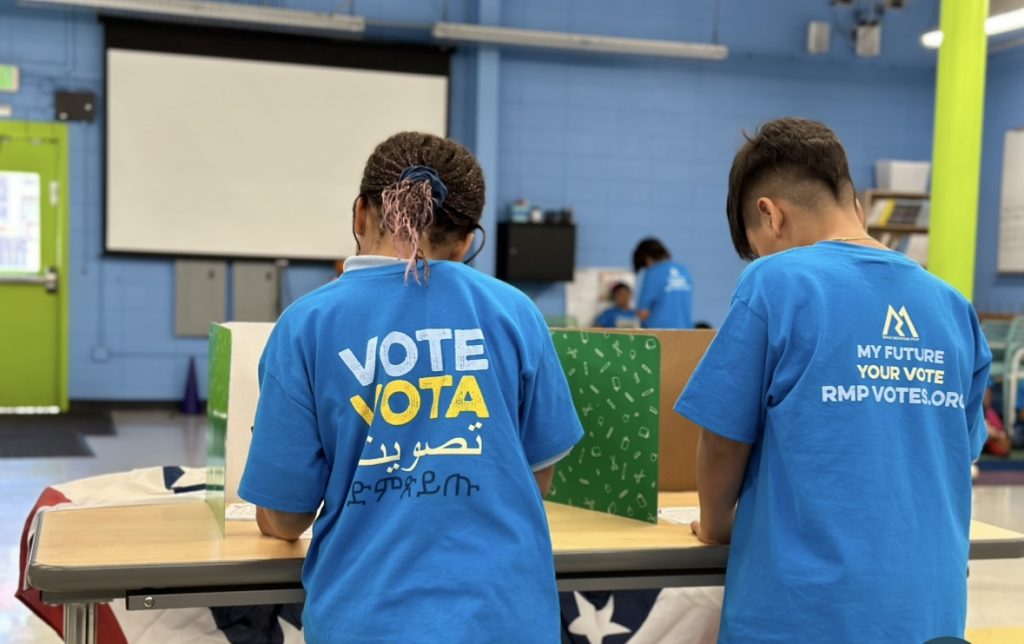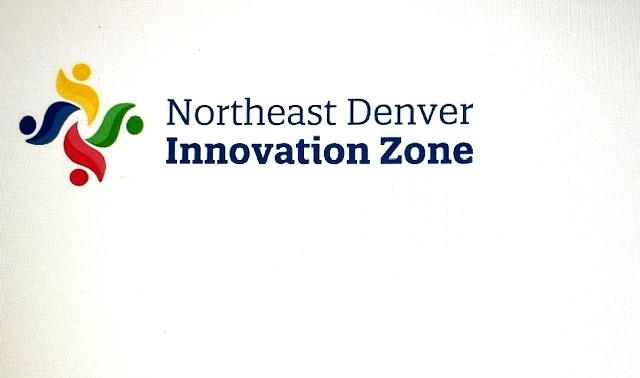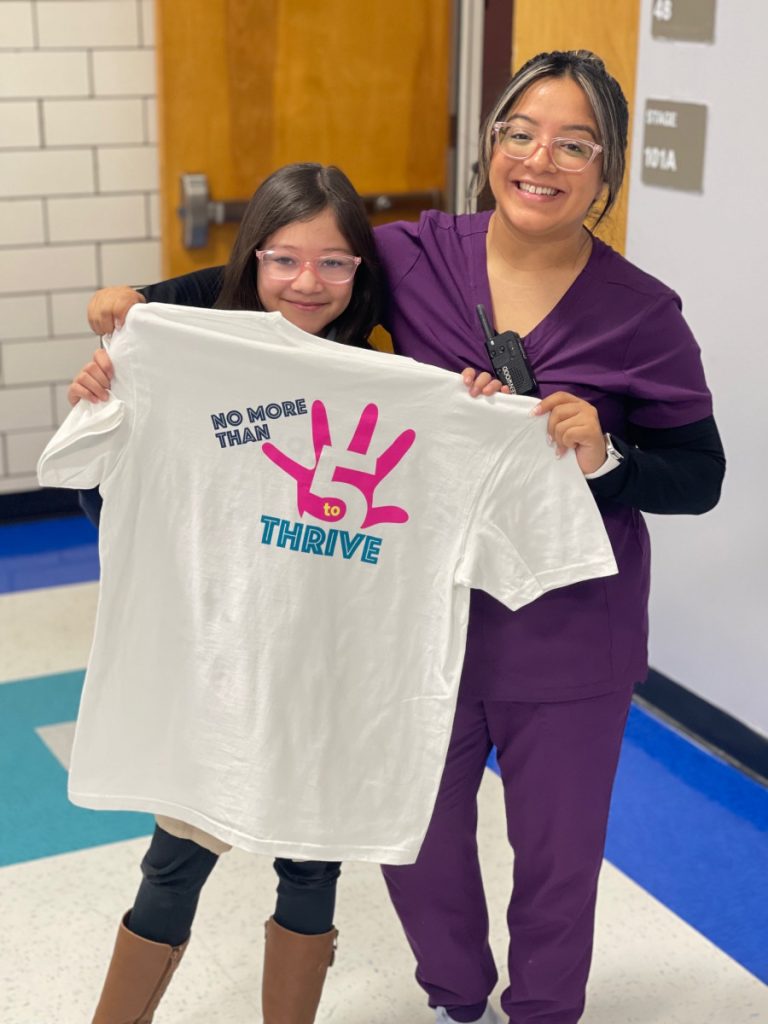The Denver Public Schools board has resolved to reopen two comprehensive high schools previously shuttered for low performance for the 2022-23 school year — a process that would see the closure or relocation of four schools in the Far Northeast area.
Three years of debate among school board members and other community leaders will result in the board’s expected decision tonight to “reunify” Montbello High School, which served students in the Montbello area and was closed a decade ago due to poor performance. The board approved West High School’s reunification in November 2020.
West, located in central Denver, was closed for poor performance and broken into smaller schools in 2010.
While vocal community members backed by substantial numbers of residents have pushed to reopen the large, comprehensive high schools, some education advocates question the wisdom of reopening such schools which historically, in Denver and across the country, have failed underserved communities.
Denver Center for International Studies at Montbello (DCIS), Noel Community Arts School (NCAS), and Collegiate Prep Academy (CPA), all stand in place of Montbello High, and they will close to open the new high school and a feeder middle school. These schools were opened after Montbello was closed as part of a “turnaround” effort in the Far Northeast. Their performance also has been low.
STRIVE Prep Montbello, a public charter middle school that is independently governed, is likely to be forced to relocate off the Montbello campus as the new schools open.
It is not as simple as “closing schools” vs. “not closing schools,” however. District communications say the decision is a response to community members’ calls to open a comprehensive high school that would serve all students in the Far Northeast.
In the spring of 2020, the district also had Colorado-based Keating Research conduct scientific polls of Montbello residents, and 85% of those surveyed (and 87% of educators surveyed) said they support the opening of a comprehensive high school in the neighborhood.
Former DPS superintendent Susana Cordova had addressed the issue prior to her leaving her post last December. “We’ve heard you,” she’d said at a meeting about Montbello High in June. “One of the most important things I think we can do is acknowledge and work in collaboration with the community that has so clearly stated they want to reopen a comprehensive high school on the Montbello campus.”
Today, though, some still question whether the research was specific enough to gauge community members’ true feelings. Northeast Early College principal Stacy Parrish told Chalkbeat Colorado that it was “gaslighting” the community to conduct a poll on the plans without naming how those plans will be carried out.
In November, Denver voters approved the $130 million plans to rebuild Montbello as part of a larger $795-million bond measure for new or refurbished DPS buildings.
The decision to reunify West High School and open a new West Middle School—by merging West Early College and West Leadership Academy—was met with less opposition from community members than the Montbello plans because West students said they were at a disadvantage with the two separate campuses.
Then vs. Now
Before the district phased the school out grade by grade in 2010, Montbello High School struggled academically.
Fewer than a third of students were meeting expectations on standardized tests, according to data from A+ Colorado, a nonprofit education advocacy organization. And under 60% of students were graduating at the time, and most of the few who went on to college required remedial classes.
Some education advocates are skeptical that a new version of the same school would be different.
West High School was performing worse than Montbello at the time the district decided to phase it out. Students at West scored in the 11th percentile on the ACT in 2010 — lower than Montbello’s 16th percentile scores at the time. According to data from A+ Colorado, just 3% of West High’s 10th graders met or exceeded math expectations on Colorado Student Assessment Program (CSAP) tests — fewer than Montbello 10th graders’ 7%.
“I feel like the district is sleepwalking,” said A+ Colorado President Van Schoales, who 20 years ago, in previous positions, was involved in early efforts to break up comprehensive high schools. “It’s like they have amnesia around all this stuff that they’ve done as it relates to high schools, which is just bizarre to me.”
In Montbello, the district has outlined some priorities for the new school. The three smaller schools currently standing in Montbello serve a largely Black and Hispanic student population, as well as a predominantly low-income student population, as did the old comprehensive high school. A major goal of the rebirth of Montbello High is to provide those students — all 1,600 of them — with a wider range of academic and extra-curricular choices.
DPS board director Tay Anderson had previously said in an interview that he would not vote to close any schools in the district. The reunification resolution for Montbello has seen the district go back on this promise because, according to Anderson, the community has asked for a comprehensive high school and the only way to open one is to merge the schools which exist in its place.
“We’ve had a lot of things change, from demographics in neighborhoods to how we are providing instruction … We’ve also seen higher graduation rates,” Anderson said. “The community deserves an opportunity to say, ‘this is what we want,’ and we are in the middle of finding a great school leader for both communities—middle schools and high schools—that will be able to do a restart. Not reliving the past, but reenvisioning the future.”
A key part of the case for opening a new comprehensive high school, Anderson said, is the fact that graduation rates have risen overall in the Far Northeast region over the past decade.
Despite the overall graduation rate increase in the region, however, the small schools in Montbello still struggled, with no significant jumps in either test scores or graduation rates.
DPS board director Jennifer Bacon, who represents the Far Northeast, did not respond to Boardhawk for comment on the district’s resolution.
Loyal alums
The Montbello alumni base is a loyal one, and has been a driving force in the call to reopen the high school. Athletics have been historically important to members of the Montbello community, for example, and the idea of more options for students in this area has also come up in the case for why the community wants to see a large, comprehensive high school.
But some advocates say that’s a hollow reason if academics aren’t strong. “Is it about having Friday night football? Is it about more electives? Is it about having more course options?” said Peter Huidekoper, a former teacher and coordinator of the Colorado Education Policy Fellowship Program. “What is the fundamental reason you need a 1,600-person high school?”
To those in Montbello who do want the comprehensive high school to make its comeback, the main reason for it is community cohesion — the idea of a common “hub” for all families in the community instead of several separate campuses.
Community organizers have said “reunification” of the schools in Montbello is a better word for the plans than “closing” them because there is no intention to toss out the academic programs the schools currently offer.
“We want to bring all of those programs, the teachers, all of it, under one building,” said Kiera Jackson, program manager for the Montbello Organizing Committee. “If you want to study international studies, great, here it is for you. If you want to study arts, great, here it is for you. Science and tech? Great, here it is for you.”
Jackson said her mother was a member of Montbello High’s first graduating class, and her brother also graduated from the school before it closed. She also said that because of her organization’s work, and the work of other community coalitions in Montbello over the past decade, the community is poised to “push DPS in the direction it needs to be pushed” and give Montbello High its makeover.
Ultimately, even though a significant portion of the community believes that students of color in the Far Northeast want and deserve a comprehensive high school that serves a broad range of academic and other interests, other residents fear a replica of the failing 2009 Montbello High.
Gene Fashaw, a 6th grade math teacher at STRIVE Prep Montbello who grew up in the neighborhood, says there is no guarantee that Montbello will be better now than it was in the past. He also said the students at the smaller schools have not had their own voices heard in the situation.
“They say the community wanted it, but the students in the schools that are already there, by and large, did not want the changes to occur,” Fashaw said. “But the greater community shouted loud enough to have their high school back. My fear is I don’t want it to end up in the same situation 10 years from now for the third or fourth time.”




